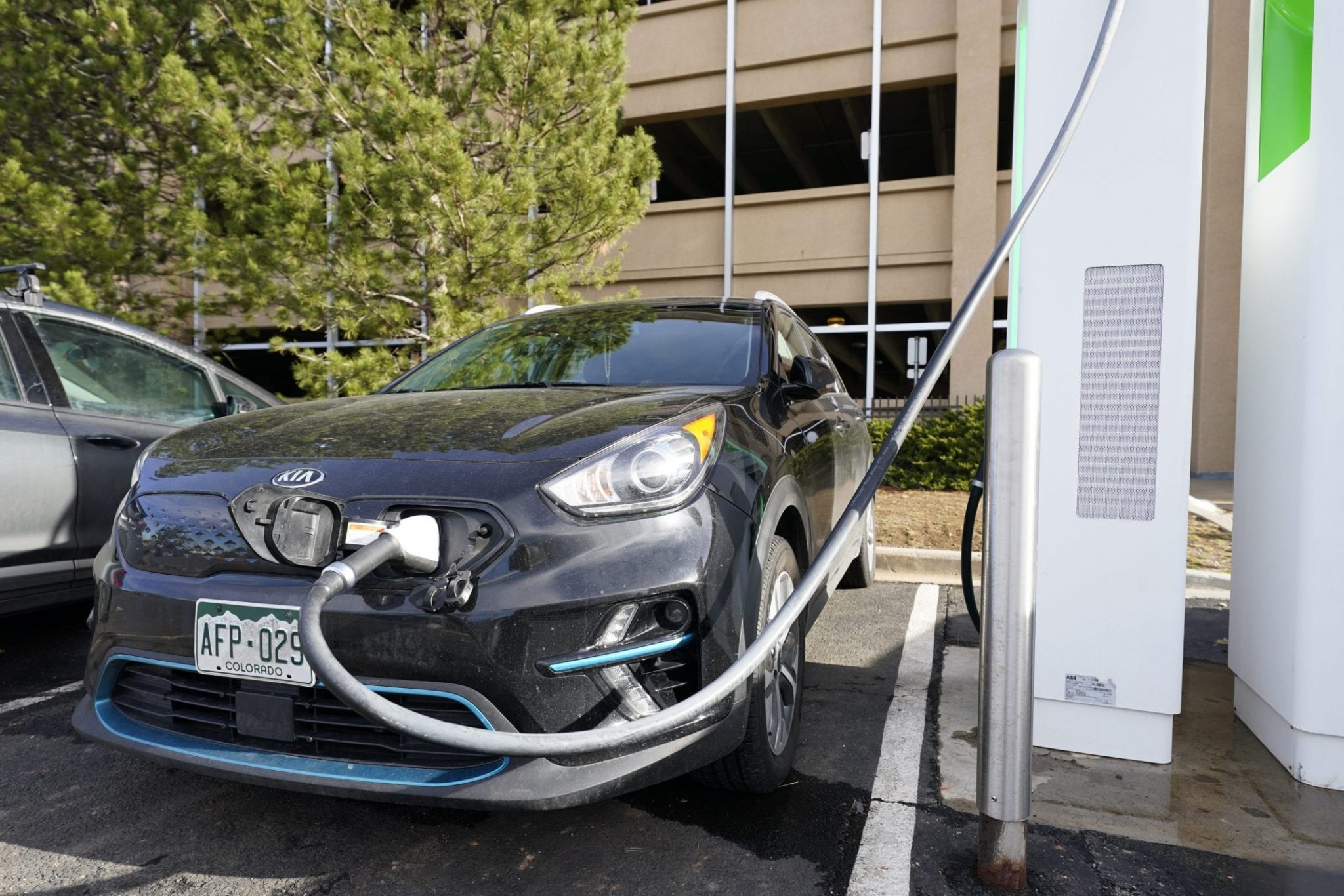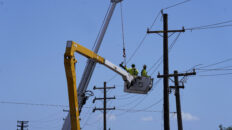There is little question that electric vehicles are a good thing for the environment – wherever you may stand on the urgency to fight the worsening climate crisis.
But as production of EVs rapidly rises, the challenges regarding charging stations are growing.
In a Wall Street Journal story, examples of the hurdles underscore the importance of addressing the issues quickly.
The Journal cited Bradley Wilkinson, owner of a 2017 Chevrolet Bolt, to represent today’s landscape regarding EVs.
Wilkinson, according to the Journal, spent 58 hours on a recent trip from Florida to Colorado – a trip that would take no longer than 30 hours in a gas-powered vehicle.
Powering up was the main culprit. Wilkinson stressed the need for the preferred “fast charger” stations rather than those used at home by EV owners.
Among the other myriad challenges, the Journal said: too few charging stations, too much demand at the stations available, broken chargers, confusing payment systems and more.
That fast-charging blueprint must be embraced, but much work is yet to be done.
ChargePoint, a company in California, has installed more than 130,000 charging stations across North America and Europe.
In a Time.com story, the company said it expects it to take about 20 years to replace the 250 million cars and light trucks on the roads with electric vehicles.
The key target for charging, since cars sit idle 96% of the time, is in garages or at home.
People who are not rabid fans of the EVs are the real target, and those people want convenience if they are to get on board.
The Journal reported only one carmaker, Tesla, has promoted a reliably recharging system. But its fast-charging plan doesn’t work on non-Tesla cars.
The work continues.


















Add comment